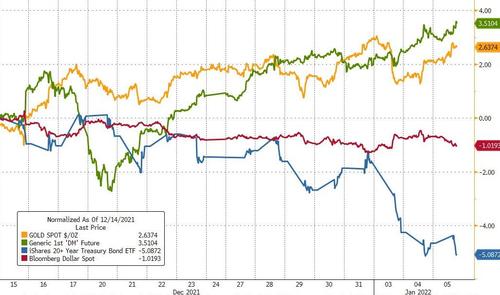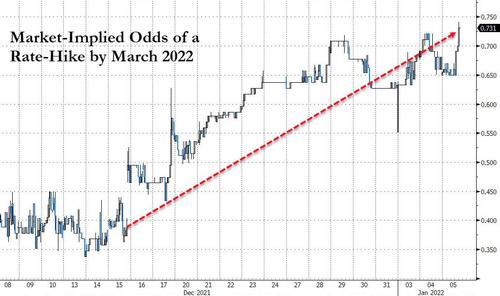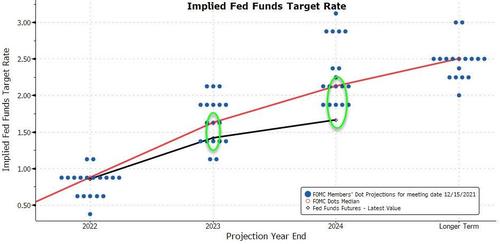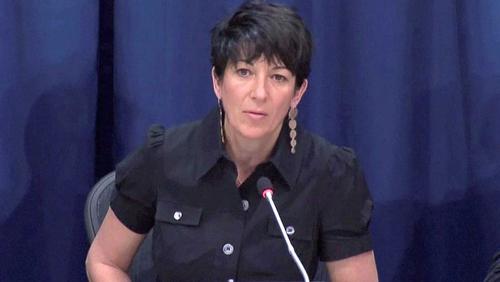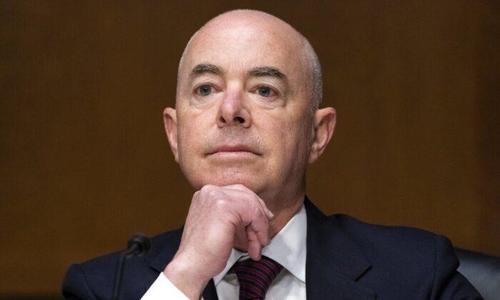Having utterly failed to end the marijuana black market in California, lawmakers have decided to backslide into the drug war by increasing fines on those who operate outside of the state’s very costly and tightly regulated legal cannabis system.
California will begin 2022 not just by increasing taxes on legal marijuana cultivation but also by introducing new fines against anybody “aiding and abetting” any unlicensed dealers in the state.
Lawmakers passed A.B. 1138 in September, and it was signed into law by Gov. Gavin Newsom in October to take effect at the start of 2022. California law establishing recreational marijuana already permits civil penalties against unlicensed marijuana dealers. A.B.1138 threatens civil fines of up to $30,000 per violation against anybody providing assistance to an unlicensed dealer. And each day of doing so counts as a new violation.
California’s implementation of recreational cannabis regulations, authorized by the passage of Proposition 64 in 2016, has been a massive mess. The ballot initiative allowed for municipalities to decide whether to allow cultivation and dispensaries, and two-thirds of them still refuse to do so despite the public vote. The state levies high cultivation and excise taxes that are escalated further by local sales taxes in any municipality that does allow for dispensaries to open up shop.
The result has been price and availability issues so severe that experts estimate that between two-thirds and three-quarters of all marijuana purchases take place through unlicensed dealers, which means that the state isn’t getting its share of the revenue. The problem is so severe that the editorial board at the Los Angeles Times recently acknowledged that high taxes for goods fuel black markets.
But instead of eliminating or reducing these taxes, the state is instead taking a more punitive approach. And it’s not just lawmakers looking to make sure the state is getting its cut of the money. The bill was introduced by Assemblywoman Blanca E. Rubio (D–Baldwin Park), but the Assembly analysis of her proposal explains that it was co-sponsored by the United Cannabis Business Association and The United Food and Commercial Western (UFCW) States Council, the union that represents some licensed cannabis industry workers. Several licensed cannabis industries and trade groups have also signed on in support.
“[T]he illicit cannabis market must be shut down to ensure that legal operators can see an increase of patients and consumers which creates union jobs, and increase revenue for childcare workers,” states a message of support by the United Cannabis Business Association. In the old days of the war on drugs, enforcers insisted police needed to shut down drug dealers in order to protect the children. Now a cannabis trade organization says police need to shut down the illegal drug dealers in order to protect subsidies for state-funded childcare workers. Somehow it’s all still about the children, though the list of supporters is big on licensed cannabis companies and groups and bereft of any actual child welfare organizations.
The bill was opposed by several human rights groups, including the American Civil Liberties Union (ACLU) Action California and the Drug Policy Alliance. They know full well exactly what’s going to happen when this starts getting enforced.
“A.B. 1138 unnecessarily adds upon existing criminal and civil penalties and exposes low-income, wage-earning employees to particular harm. The bill subjects employees with no equity stake in the business to severe civil sanctions, potentially higher than those applicable to the owners of these operations,” the ACLU warns in a State Senate analysis. “Unpaid fines could expose these individuals to driver’s license suspension, arrest, jail, and wage garnishment. These civil penalties would be brought by the same prosecutor’s office that may charge criminal violations. Threatened with both jail time and onerous fines, a low-income person might be coerced into pleading unjustly to avoid the threat of massive fines and unpayable debt.
“In addition, because the bill would allow the proceeds of enforcement efforts to be retained by the prosecuting entities rather than deposited into the General Fund, this may lead to inequitably aggressive enforcement efforts in some communities and prosecution units created solely to generate cannabis fine revenue.”
There’s also a Section 230 angle to this bill. Section 230 of the Communications Decency Act generally provides websites and platforms from being liable for content posted by third parties, even if these people are, for example, unlicensed dealers posting cannabis ads. Some cannabis business representatives have been pushing for California to try to force illegal marijuana sales off the internet.
Weedmaps, a California-based platform for vendors, was a big target. The site used to have more than 5,600 listings from which consumers could order marijuana. But California has only about 1,200 licensed vendors, so that meant thousands of listings were from unlicensed dealers. Under pressure, Weedmaps pledged to drop unlicensed dealers back at the start of 2020. While many of them are gone, unlicensed vendors seem to be able to find ways to get around restrictions on this self-publishing platform.
UFCW makes it very clear they want the state to target online platforms for enforcement under A.B. 1138: “This bill will ensure that illegal and unlicensed cannabis operators will not be able to advertise on an internet website, online service, online application, or mobile application.”
But the internal analysis by the state’s Assembly warns that this might not happen the way the bill’s supporters think it will. The analysis warns that back when she was California’s attorney general, Kamala Harris’ first attempt to go after Backpage in 2016 for sex trafficking ads was a big bust because the site was covered by Section 230’s protections. Those protections were deliberately stripped away by Congress when it passed H.R. 1865, better known as SESTA-FOSTA. But while SESTA-FOSTA may make it possible for the feds to prosecute site operators for hosting sex trafficking, the bill does not mention drugs or drug-dealing. And so the analysis warns “federal law remains a substantial impediment to enforcement against advertisers of cannabis businesses.”
The state probably still won’t be able to go after web platforms in order to please the licensed dealers and the unions (who want the tax revenue to direct toward unionized state employees, and as Politico notes, have resisted attempts to lower taxes). And that’s why organizations like the ACLU and Drug Policy Alliance are raising alarm bells. This pressure to show that the state is doing something to shut down the unlicensed dealers will trickle down to targets that don’t have Section 230 protections. A.B. 1138 won’t end California’s marijuana black market. It will just ramp up a new union- and industry-mandated drug war.
The post California Escalates Its War on the Marijuana Black Market appeared first on Reason.com.
from Latest – Reason.com https://ift.tt/3zttufX
via IFTTT


